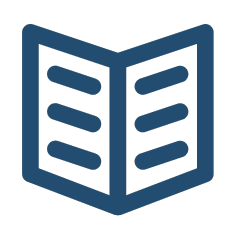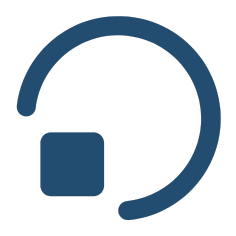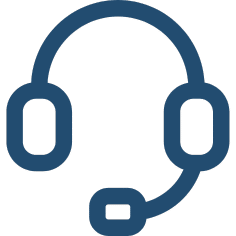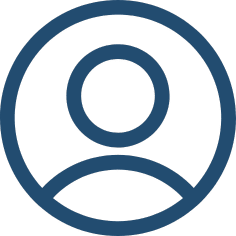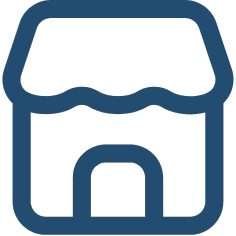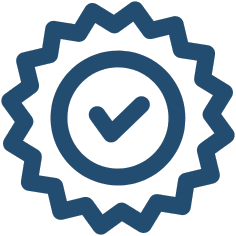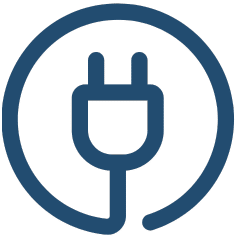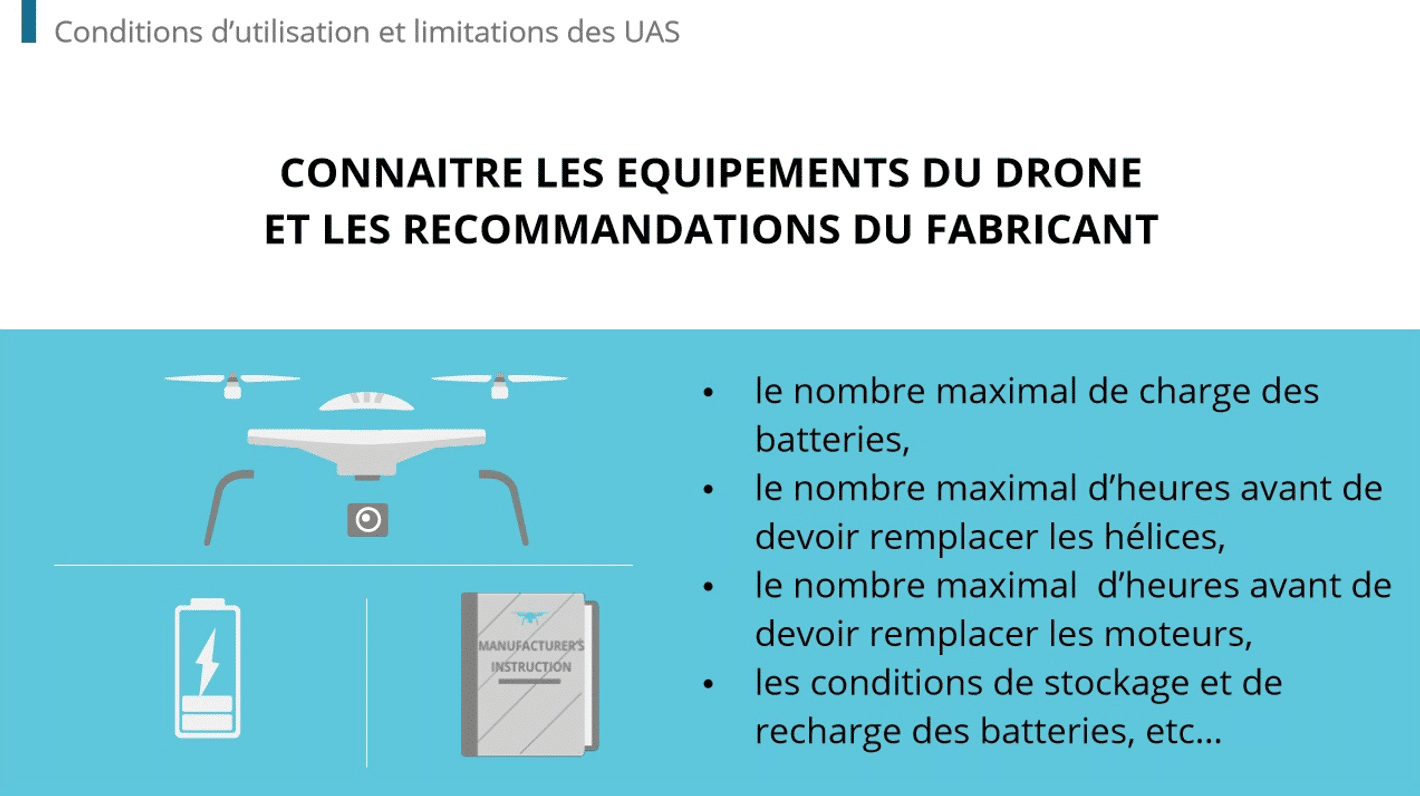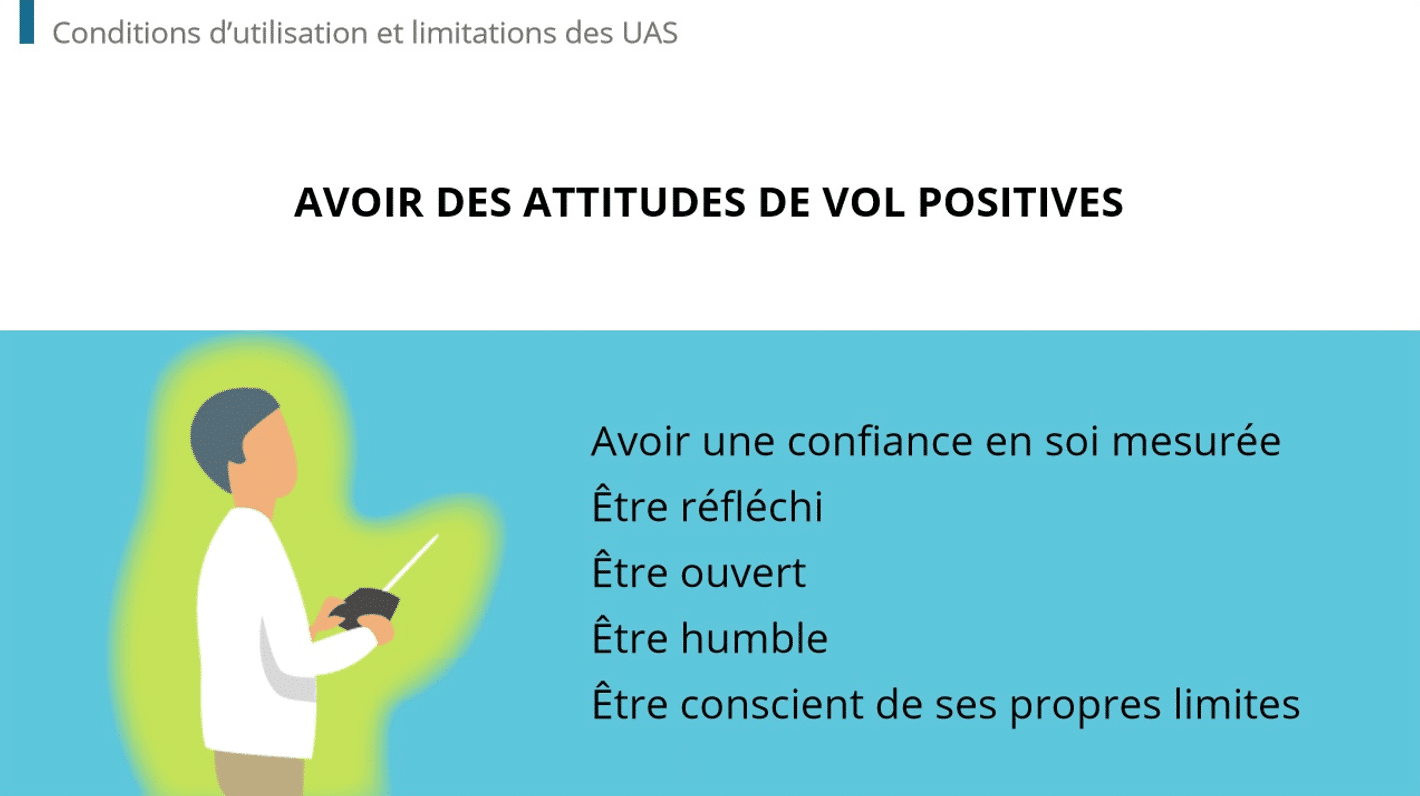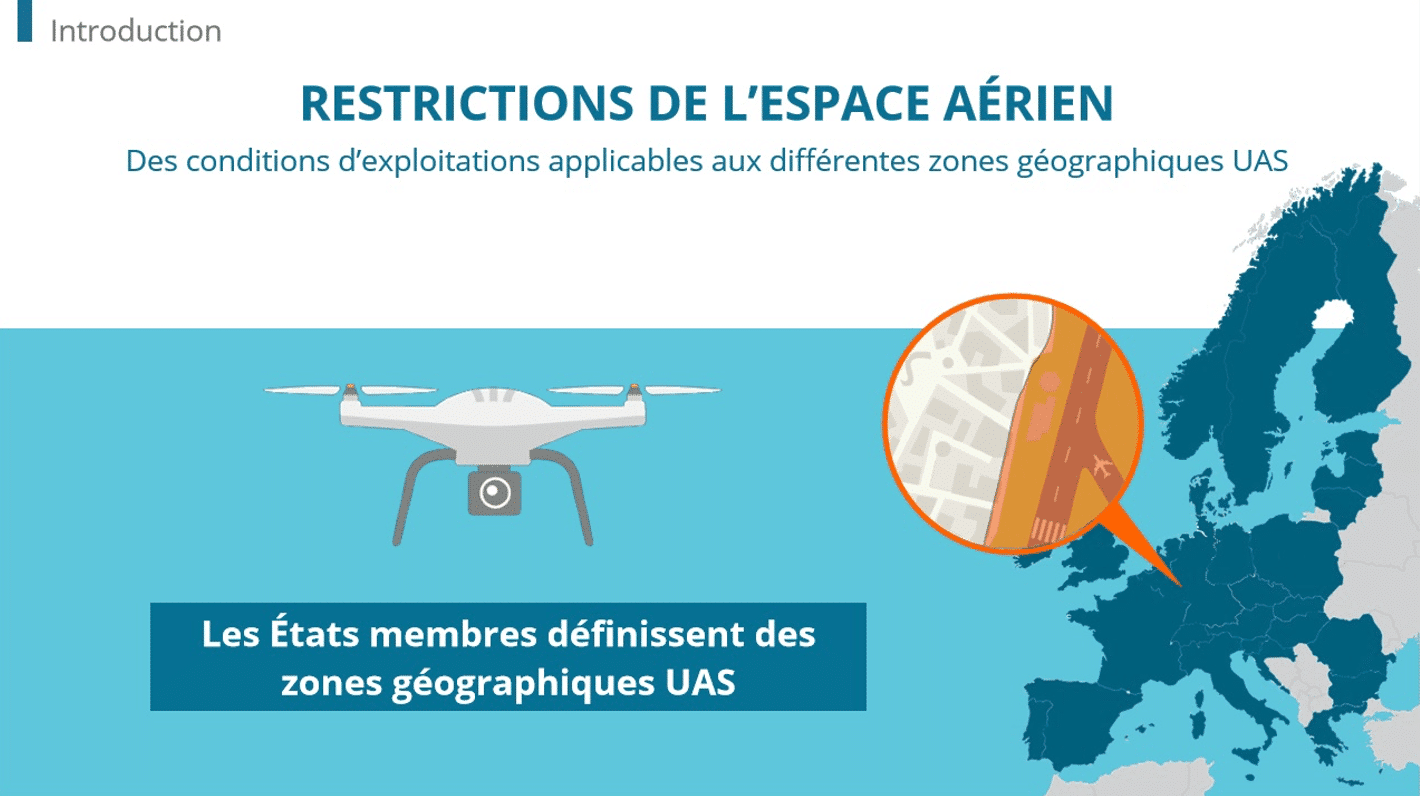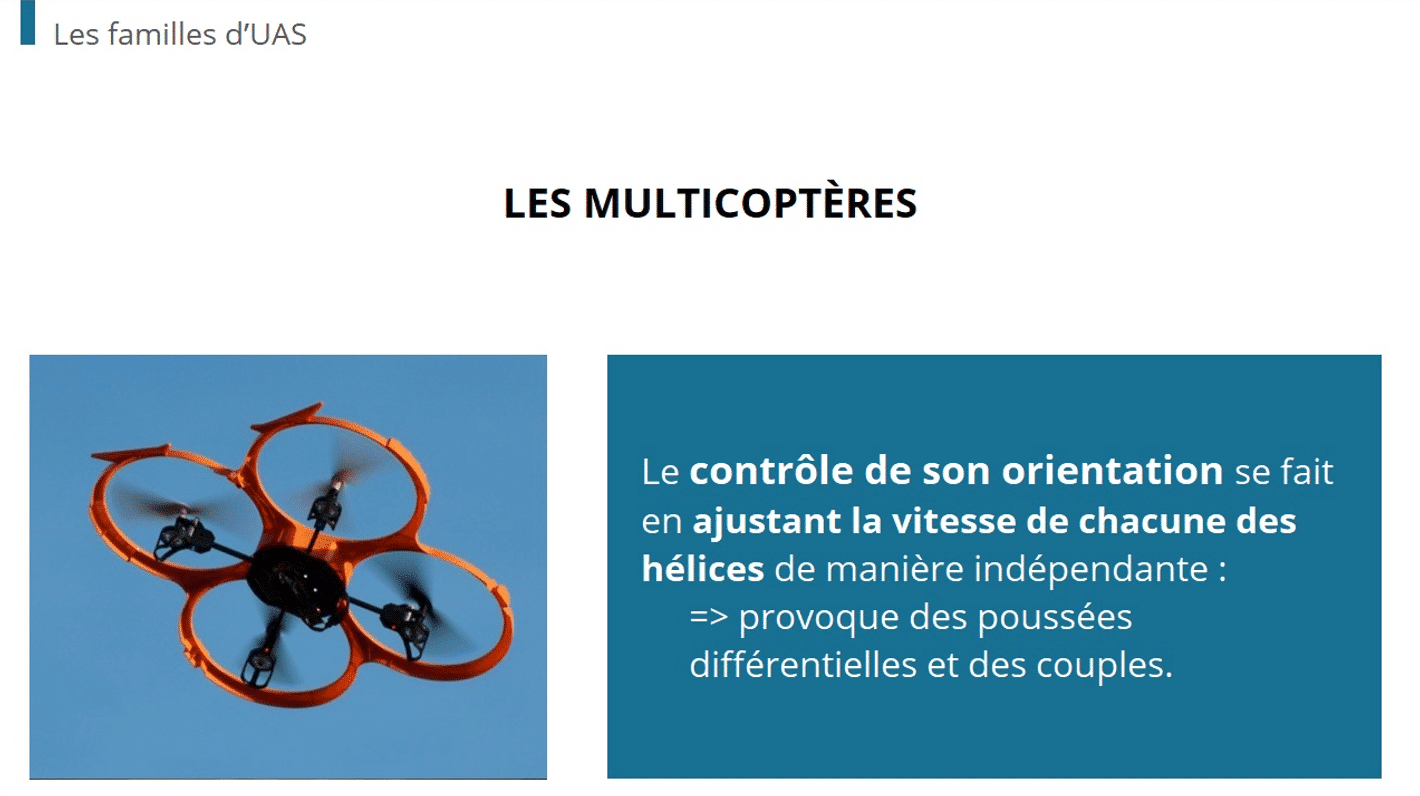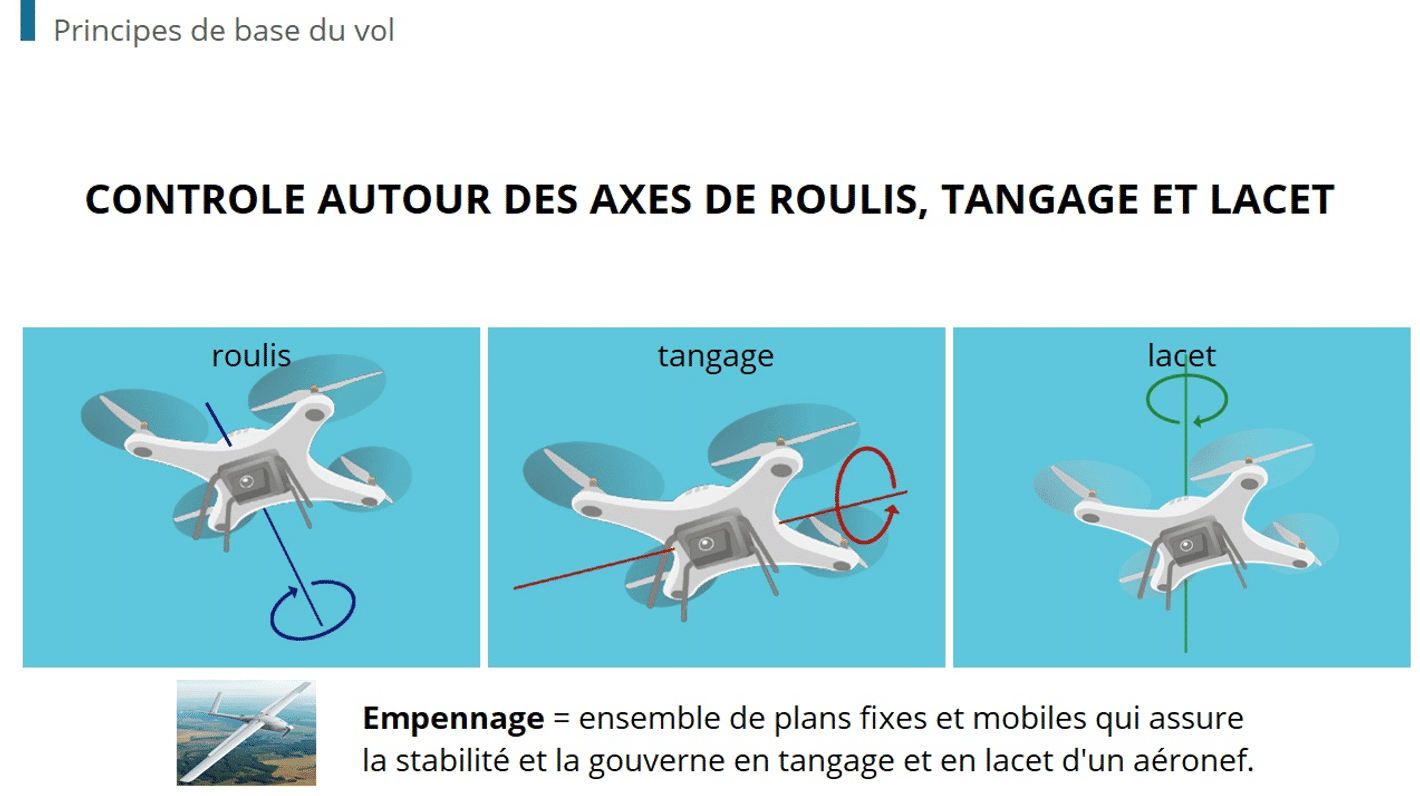In the manufacturing sector, GMP, or Good Manufacturing Practices, is more than just a buzzword. It’s a set of protocols and operations that should be company doctrine for all businesses involved in the pharmaceutical manufacturing, testing, and release of end-user products. Find out how to implement and enforce GMP compliance and promote quality control.
The five Ps of GMP
GMP comprises five core sections, better known as the five Ps. These are as follows:
- Products – the product must be of the highest quality and not deviate from manufacturer claims
- Processes – manufacturing processes must be documented and enforced
- Premises – manufacturing floors, laboratories, and equipment must be maintained, sanitized, and perform according to factory conditions
- People – pertains to staff who must be qualified, certified, and able to perform their assigned duties to compliance standards
- Procedures – this overlaps with processes and requires written procedures to be up-to-date
Effective GMP implementation requires strict procedural adherence to the rules and regulations outlined for each of the above sections.
Common GMP violations
A failed audit can result in heavy fines, reputational damage, and increased scrutiny from regulatory bodies. Here are the common violations resulting in an audit no-go.
Insufficient documentation
Auditors will request business operation data and records. Companies may be flagged for violation due to missing batch records, inadequate standard operating procedures, and failure to take corrective action for past deficiencies.
Poor training and staff competency
Staff may fail to demonstrate competency or job-specific knowledge on the spot. Training programs may also be inadequate, or non-existent altogether.
Poor facility/equipment conditions
Workfloors and laboratories may not be adequately equipped or in a condition that leaves them susceptible to contamination and safety risks. Examples include improperly stored chemicals and uncalibrated equipment.
Poor quality control (QC) procedures
Testing procedures may not be in place. Similarly, there may be a lack of log records (electronic or in print) documenting QC activities.
Unqualified third-party vendors
If you work with third-party suppliers/vendors, you’re also responsible for ensuring they follow GMP compliance. Companies may be penalized for outsourcing to unlicensed vendors or not documenting third-party activities.
How to cement GMP compliance into company culture
GMP compliance training should heavily emphasize documentation procedures and conducting mock audits. Here is how to best infuse compliance with daily operations.
Organize training around the five Ps
Learners must comprehensively understand the five Ps and how they tie in to form the broader GMP initiative. In your e-learning course, give each of the Ps its own section. To avoid content overload, release each section one at a time, with the latest section beginning with a review of the previous training. Use simple wording/phrasing, incorporate different media, and gamify the training to give it a more casual and engaging aura.
Dedicate an entire course to documentation awareness
As mentioned more than once, a large attribute of audit failure is due to insufficient documentation or traceable records. Spend time in each section discussing the why and how of recordkeeping and the varying document types. Under the processes training, cover the essential bases, like how to fill out records, where to store them in the digital repository, document sharing procedures, and regulations for physical record filing/storage.
Conduct mock audit sessions
The forefront goal of compliance training is ensuring audit readiness at all times. Explain in detail what is subject to auditing under each section. For example, under premises, staff should know how facilities will be inspected. By the end of the section, learners should know how to store equipment/material and sanitize work areas in accordance with GMP procedures. Perform live mock audits as part of the training to supplement the e-learning. Keep records of deficiencies and schedule follow-ups for learners to take corrective actions.
Adhere to current good manufacturing practices (cGMP)
GMP and cGMP are often lumped together; however, there’s a slight but significant difference. Whereas GMP encompasses the rules and regulations of pharmaceutical manufacturing, cGMP covers the latest improvements and updates to keep standards current with today’s technology. HR and course creators need to keep close tabs on cGMP. Whatever is released under cGMP needs to be reflected in your compliance course through training updates. Auditors will inspect according to cGMP’s latest rollouts. Follow cGMP to stay one step ahead.
Dokeos’ LMS promotes GMP compliance and audit-readiness
Dokeos’ learning management system is built around compliance competency. We structure the course modeling to satisfy GxP, HIPAA, FDA 21 CFR part 11, and other regulatory bodies. Certify your employees and conduct internal audits using our suite of automated solutions. With our traceability logs, easily maintain and secure logs and documentation, ready for review upon auditor request.
Create reusable compliance courses using our existing template, with customization options to tailor your needs to company-specific requirements. Schedule a free trial today and ingrain manufacturing compliance into your core company culture and values.
Furthermore, get a GMP training course fully completed and ready for use out of the box. Use as it is or make edits as desired. Give your staff quality training and certification in an organized fashion without the logistical hassles behind the scenes!





